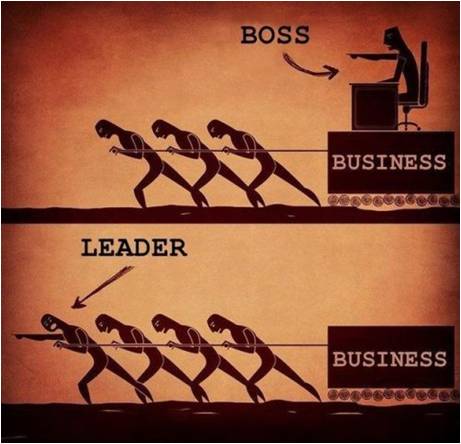
One of the greatest myths in business is that people are your greatest asset.
It is a myth because only productive people are great assets. Non-productive people are a drain on company resources and moral. Turning non-productive assets into high-performing assets is the goal of leaders everywhere.
Two years ago I was given the opportunity to take over a highly functioning team and increase the departments production while resolving unresolved team conflicts.
One of the challenging aspects of the assignment was my transition from being member of the team to the team leader.
In preparing for the assignment I began reflecting on the various leaders that I had throughout my career, looking for common traits or styles that I liked.
As I reflected on my personal experiences, I also read a numerous articles on different leadership styles and the pros and cons of each.
The Basics of Servant Leadership
Eventually I came across a style of leadership that resonated deep within me. It contained element of leadership I enjoyed and seemed like a perfect fit for my personality type.
The leadership style I discovered was Servant Leadership. The basic elements of the leadership style are simple.
According to Robert Greenleaf, the originator of the servant leader movement, servant-leaders focus on the growth and well being of the people they lead rather than the accumulation of power.
Servant leaders share their power and put the needs of others over their own needs, seeking to develop others and help them perform as highly as possible.
This philosophy fit nicely with a favorite leadership principle that states that "I can’t reach my full potential until you reach your fullest potential."
Combining Leadership Principles
Shortly after assuming the leadership position over the 12-person department I stumbled across a Ted talk by Simon Sinek, entitled “Start with Why”. In this talk Simon talks about how people don’t necessarily care about what you do, they care about why you do it.
People like to do business with people that care about the same things that they do.
As I thought about the servant leadership style and the question of why, I began to really examine why I wanted to be a leader and what my motivation was.
As I reflected on my motivations I decided that I truly was motivated by seeing others succeed and the happiness they derived from that.
From that self-reflection I began to study servant leadership with a deeper interest and a desire to make each of my employees work experience as positive as I could and provide them with the tools they needed to be successful.
My job would be to remove the obstacles preventing them from reaching their potential.
The Seven Pillars of Servant Leadership
In their book “The Seven Pillars of Servant Leadership” authors James Sipe and Don Frick outline seven traits that are the pillars that the leadership style is based on.
These leaders are individuals of character, skilled communicators, compassionate collaborators, put people first, use foresight, are system thinks and exercise moral authority.
While the list seemed long and daunting, I was committed to doing what I could to hold to the ideals and practices of the philosophy.
The journey began with a team meeting where I outlined my goals and some of the steps and processes that I would be implementing.
The discussion was met with skeptical enthusiasm, with a wait-and-see attitude being prevalent among several of the team members. Slowly, as opportunities arose to demonstrate one of the pillars, people began to believe my sincerity and commitment to the journey.
The Ongoing Process and Results

One of the disadvantages of this leadership style is that it is a long-term process. It is not an overnight fix and there must be a clear vision of where you want to go and what you want the end to look like.
Our vision (I say our vision, because I constantly seek for course adjustments from team members) is a work in progress.
Some individuals struggled with their newfound trust and freedoms, while others thrived and enjoy the responsibility. For me, the best part has been the improved relationships with every member of the team and the lightened atmosphere in the office.
It has taken the better part of a year to get to this point, but the results are worth it.
From a business perspective, our revenues are up, customer complaints are down and morale is at an all-time high. Employee’s comment on how much they enjoy coming to work and engagement is high.
In the age of Millennials looking for a style of leadership that is not “My way or the highway!” servant leadership is a good fit. It represents everything today’s workforce looks for in leadership and is a welcome change for seasoned veterans of “old school” bosses.
My journey with servant leadership hasn’t been without its difficulties, but the results have been worth it.
Sharing in the highs and lows of the lives of my team has brought us closer together and made us more willing to sacrifice for each other.
In short, I am becoming all I can be because those around me are reaching their potential.
I call that success.

.png?width=220&name=Do%20You%20Pocatello%20Podcast_%20(1).png)

